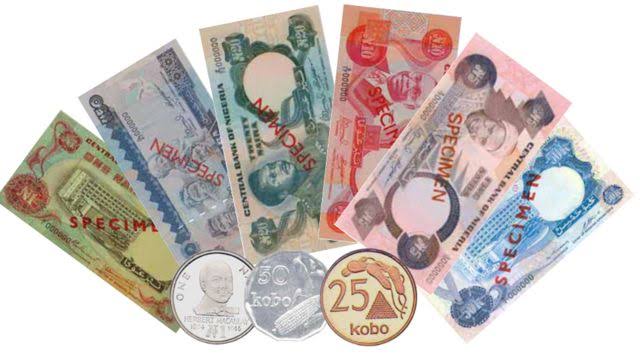Business
Different govts that redesigned the Naira: A timeline

Recently, the Central Bank of Nigeria (CBN) announced that it plans to redesign some of the country’s naira notes, including N100, N200, N500, and N1000.
The CBN governor, Godwin Emefiele, who made the announcement at a press briefing on Wednesday, stated that the new notes would start circulating by December 2022. He added that the current notes of the redesigned denomination would remain legal tenders until January 31, 2023
“Although global best practice is for central banks to redesign, produce and circulate new local legal tender every 5–8 years, the Naira has not been redesigned in the last 20 years.
“On the basis of these trends, problems, and facts, and in line with Sections 19, Subsections a and b of the CBN Act 2007, the Management of the CBN sought and obtained the approval of President Muhammadu Buhari to redesign, produce, and circulate new series of banknotes at N100, N200, N500, and N1,000 levels,” he said.
READ ALSO:CBN’s planned redesign of Naira. Four other stories we tracked and why they matter
Meanwhile, this is not the first time the CBN or the Nigerian government would be redesigning certain naira notes.
Below is a timeline of times the country had introduced new notes to phase out old ones:
1984: It was first done in 1984, coincidentally by the same Muhammadu Buhari, when he was Military Head of State. Unlike Emefiele, who gave mainly economic reasons for redesigning the naira notes, Buhari’s redesigning of the naira in 1984 was a tactic to advance his anti-corruption war against the political class in the Shehu Shagari-led second republic. The dictator directed citizens to deposit their money in banks in exchange for new bills, a move believed to be aimed at catching politicians suspected to have embezzled public funds, and stashed them away.
2005-2007: within this period, the central bank introduced polymer naira notes. It began with N20 in 2005, and afterwards, all lower denominations of naira – from N5 to N50 were converted from paper to polymer notes.
According to the CBN, in its publicity campaigns for the polymer notes, it argued that they were “user-friendly, they looked better and remain crisp over a long period, and they do not stain, rumple or tear easily….” and will also “save the nation huge sums of money used for reprinting the traditional paper notes.
2014: The CBN, in commemoration of Nigeria’s centenary, redesigned the N100 note by including new features.
According to Emefiele, who had been newly appointed CBN Governor at the time, the new note was designed with enhanced security to offer “robust resistance against counterfeiting”. He added that the new notes have features for the visually impaired.
Join the conversation
Support Ripples Nigeria, hold up solutions journalism
Balanced, fearless journalism driven by data comes at huge financial costs.
As a media platform, we hold leadership accountable and will not trade the right to press freedom and free speech for a piece of cake.
If you like what we do, and are ready to uphold solutions journalism, kindly donate to the Ripples Nigeria cause.
Your support would help to ensure that citizens and institutions continue to have free access to credible and reliable information for societal development.






















